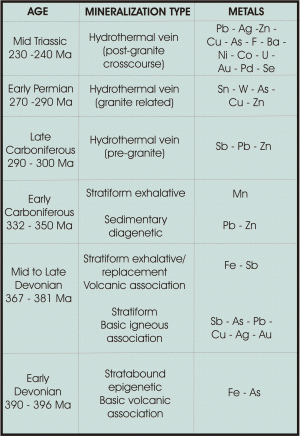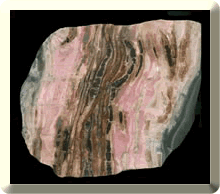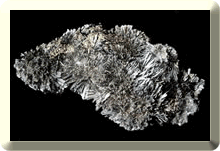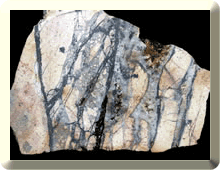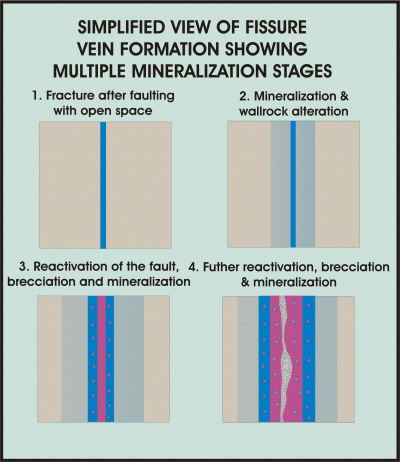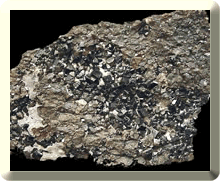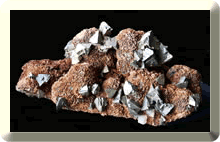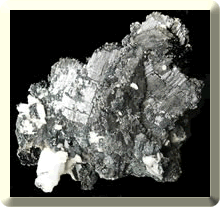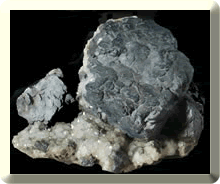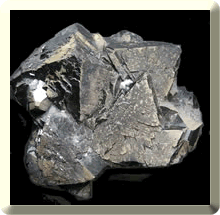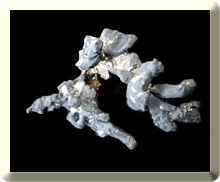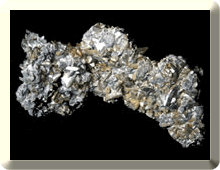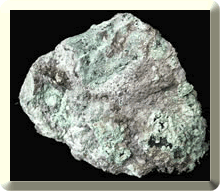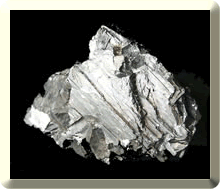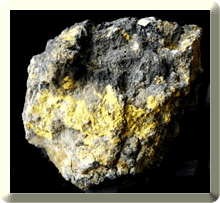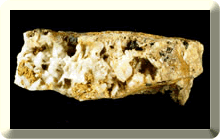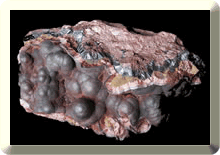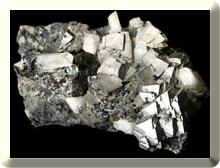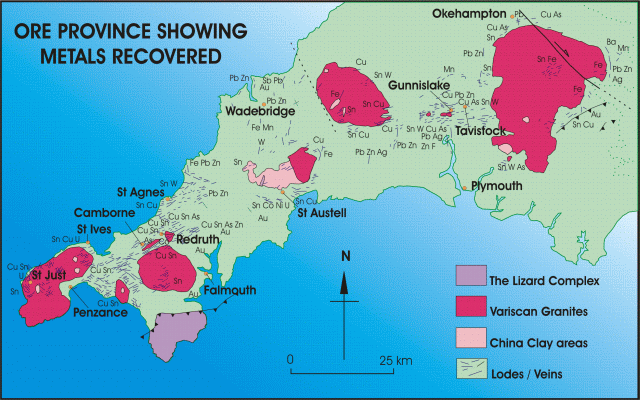
Mineralization has been introduced into the rocks of Cornubia by the movement of hot to warm waters, known as hydrothermal activity, carrying elements in solution. These are known according to temperature and are:
In the Cornubian Orefield the fluids range in temperature from:
These fluids had been derived from:
All rocks contain water. The magma derived from the melting of sedimentary rocks of the Cornubian batholith was ‘wet' containing up to 8% water content. Metal bearing elements were derived from:
When analysed all rocks contain traces of metals, for example recent investigation indicates that sedimentary rocks in Cornwall contain up to 15-25 ppm Cu, 10-20 ppm Pb, 110-130 ppm Zn, 15-30 ppm As, 3-4 ppm Sn and greenstones 45-65 ppm Cu, 30-35 ppm Pb, 170-270 ppm Zn, 16-35 ppm As, <10 ppm Sn (Dr N.LeBoutillier pers.comm.).
|
|---|
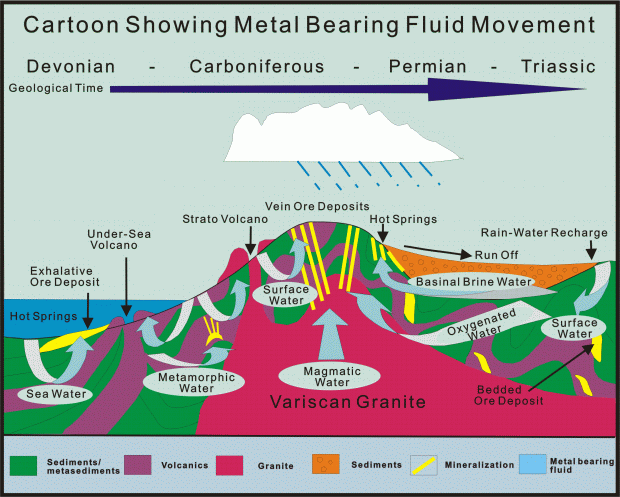 |
|---|
After Camm, 1995. |
Initially, after intrusion of the granite the fluids were derived from an accumulation in the upper part of the granite and are known as magmatic volatiles containing boron and fluorine as well as metals. These volatiles concentrated on the margins of intrusion, particularly below small topographic highs known as cusps on the batholith. The build up of fluids pressure would later fracture the granite roof and surrounding rocks to form pathways for metal bearing waters. These would form loci known as emanative centres for mineralization. Hydrothermal convective systems, driven from heat from the granite and radiogenic activity (the decay of radioactive elements) developed in the country rocks. These circulating waters would scavenge metals from the country rocks as well as the granite and deposit them in fractures due to cooling, changes in pressure, and an interaction with the chemistry of the wall rocks. Hydrothermal activity leads to a concentration of the metal elements in narrow fractures. The convective cells last to this day as ‘hot' mineral bearing waters and were encountered in the last working tin mines of South Crofty and Wheal Jane. Other metal bearing fluids were derived from deepening sedimentary basins, which due to increasing pressure from the load of sediments above both heated and expelled them. Oxygenated water would also be provided from the surface from rainfall or seawater to recharge this fluid flow and interact with it. |
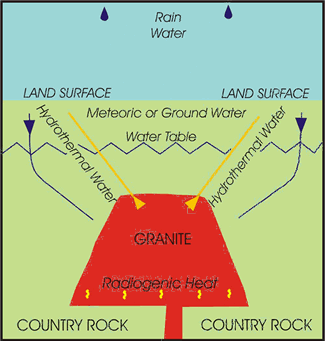 |
|---|
|
|
|---|
During the Mesozoic and Cenozoic deep tropical weathering of the mineralized lode systems lead to supergene enrichment with gossans. In the Quaternary, erosion took place of the deeply weathered tin-bearing veins and ore bodies. Subsequent transportation, concentration and deposition of heavy minerals lead to the formation of placer deposits of tin and minor wolframite containing trace amounts of gold.
|
The movement and concentration of ore bearing fluids produced an orefield that has produced a variety of metals, which include, tin (Sn), copper (Cu ), tungsten (W), lead (Pb), zinc (Zn), silver (Ag), antimony (Sb), nickel (Ni), cobalt (Co), bismuth (Bi), uranium (U) and iron (Fe), as well as the metalloid arsenic (As), and minor gold (Au) and palladium (Pd). The distribution within the orefield is shown below. |
||||||||
|---|---|---|---|---|---|---|---|---|
|
||||||||
|
||||||||
|
||||||||
After Dunham, 1978.For more detail on Cornish geology and mineralization visit: http://www.phdcsm.freeserve.co.uk/menu.htm |
This site was last updated on
Wednesday, December 17, 2003 1:02 PM
.
Webmasters : Simon Camm & Paul
Hedley
